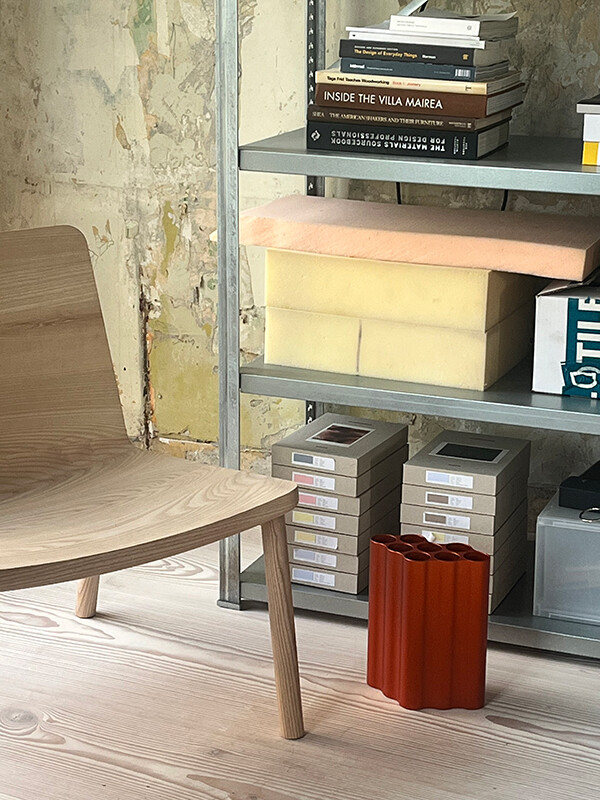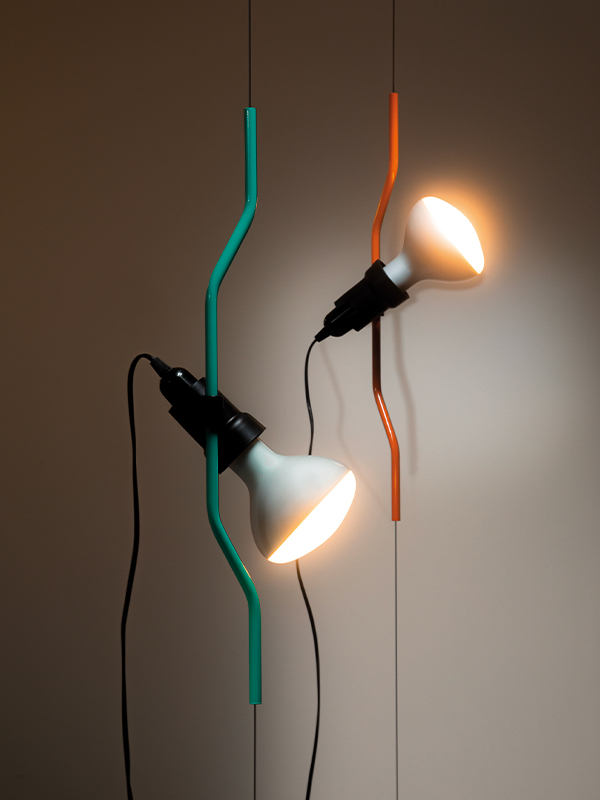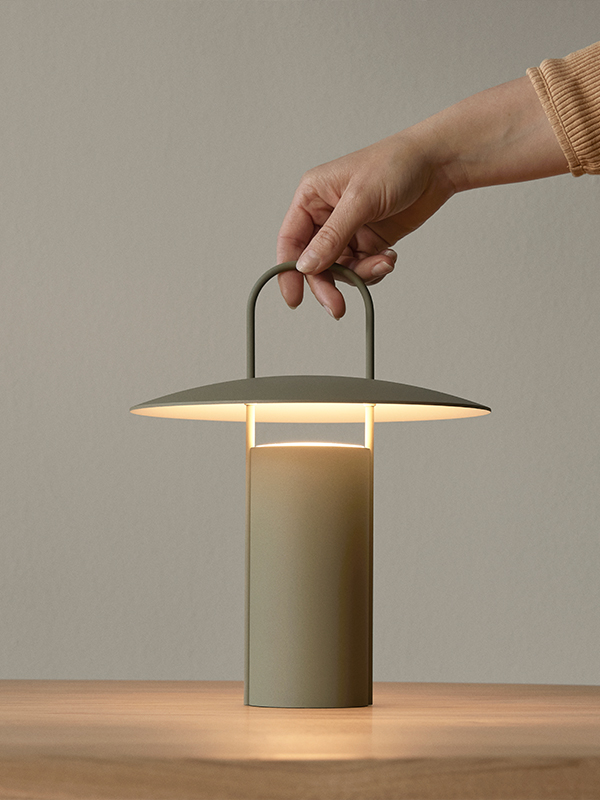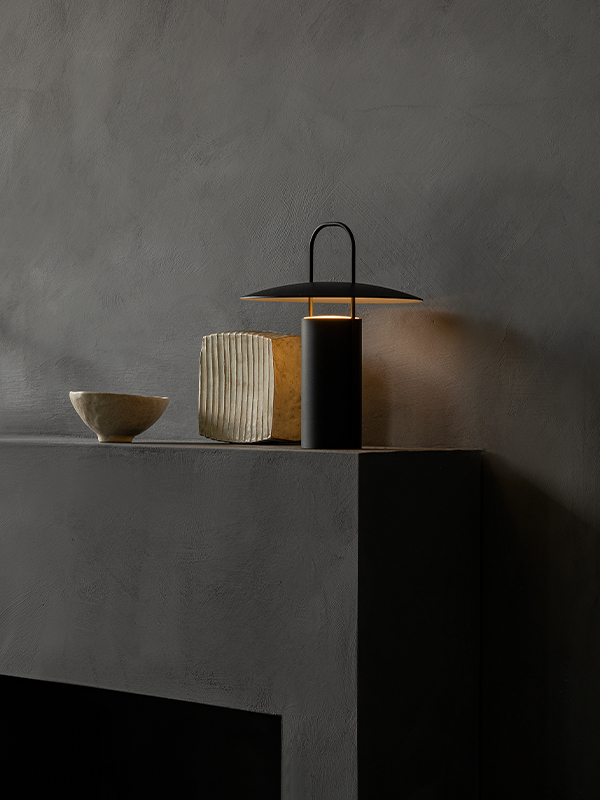
In conversation: Daniel Schofield
Creating beautiful designs with an emphasis on purpose and materials, award-winning British designer Daniel Schofield is making his mark on the design industry.
Wanting to learn more about his inspirations and processes, we sat down for a chat with Daniel Schofield and got a glimpse into the workings behind his designs.
Tell us about your background and what drew you into the design world?
I was always creative from an early age and was encouraged to be so by my family. I think they realised early on that was what I enjoyed which was good! My mum was always making clothes and working on the house, and my dad was always tinkering with cars or something so that was always inspiring.
When I left school, I studied graphics and got into university for it but wanted to do something more physical, so I had a change of direction and went on to a carpentry apprenticeship. After a while, I was missing doing something more creative again, and a friend recommended I study Furniture and Product Design at Sheffield Hallam. I didn’t really know you could study something like that, so it was lucky, and it was a good blend of my two previous studies, and I loved it.
Where do you find inspiration in your work?
It’s a hard one to answer as it can come from anywhere. But more often than not, it’s a small observation about how we live and interact with the objects around us, the way something is made, or what a material wants to do or not do, or just trying to find a way to express a material’s qualities in a simple but intriguing way.
As a Sheffield-based company we love to champion good design in the North of England. In light of this, it is only fitting we are opening our showroom in Sheffield’s iconic Park Hill. Are there any iconic pieces of northern architecture that you have a love for?
Having lived in Sheffield, it’s hard to ignore Park Hill! It’s pretty Iconic. There are some beautiful details, and I think the re-generation of it is great, I would like to see more projects like this in the UK instead of knocking buildings down and starting again all the time.
Is there a quote or phrase that you really connect with and feel represents your design style?
Simplicity and charm. Simplicity is the tangible part – easy to understand, works well, and will last both stylistically and functionally. Then charm is that intangible, hard-to-explain part - that element that makes you treasure an object, be proud of it and want to keep it for a long time.
Do you have a favourite design or designer?
There are loads for both! But Achille Castiglioni is a favourite. Today I will say the Parentesi light for Flos, its genius! And is packed full of simplicity and charm. A trip to his studio in Milan is always inspiring.
This year you debuted the beautiful Ray Portable Table Lamp design, named after your grandfather. Could you tell us more about the process behind creating this particular design?
I was thinking about portable lights, and the reference for miners’ lights came to mind. I remember we had commemorative models of them at home when I was young, as my granddad was a miner in Lancashire for a while. It seems like a lot of the problems for portable lighting had already been solved with this layout.
So, it was about distilling that into something simple for modern use but keeping the essence of the miner’s light there. My grandad’s name was Raymond, so the idea of calling it Ray was a nice moment, as it also alludes to light itself.
What do you believe are the key elements in a well-designed light?
It sounds obvious, but I think the quality of the light is the most important thing. After that, it goes back to the design having an understandable language, good proportions and that little bit of intrigue.
One of the factors for Ray was making it come apart as much and as easily as possible, so thinking about the repairability and potential afterlife of the product from the start helped inform the design language and details.
How has your perspective on design evolved since your first few years as a product designer?
After graduating, it’s hard, there is still so much to learn and figure out, and it’s all trial and error, really, so I made loads of mistakes. But I think as time has gone on, I have become more confident in my own approach.
You have been working with Danish design brands recently; are there certain brand values and aesthetics that you are drawn to?
Quality and sustainability are really important factors I look for in a brand. That and the people, so much is based around collaboration, the longer I work, the more I realise that I just want to make good work with nice people over a long time.
What is next for you?
It’s hard as I can’t say too much, but I’m working with some English, Italian, Danish and American brands, all of which are nice people!
Enjoyed reading this interview? Discover more interesting conversations and behind-the-scenes glimpses by visiting the Nest Journal.








